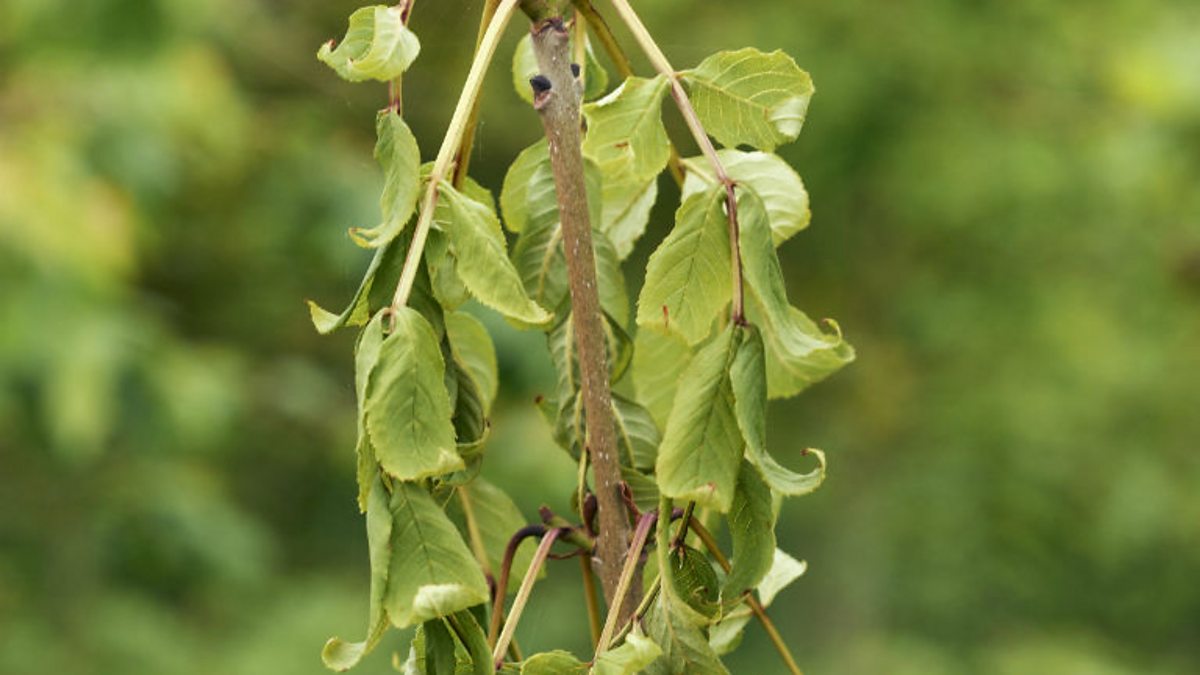Animals have evolved a diverse array of feeding strategies, adapting their behaviors and physiological traits to maximize their chances of survival in varying environments. These adaptations allow them to locate, acquire, and consume food efficiently, providing insights into the intricate relationship between species and their ecosystems.
Physical Adaptations for Feeding

Many animals have unique physical adaptations that enhance their ability to feed. For instance, the long neck of a giraffe has evolved specifically to reach leaves high up in trees, allowing them to access a food source that few other herbivores can utilize. This structural adaptation enables giraffes to thrive in the grasslands of East Africa, where competition for lower foliage can be fierce[6].
In the aquatic realm, fish are equipped with gills, which allow them to extract oxygen from water efficiently. This adaptation is vital for their survival in a submerged environment. Additionally, animals like whales have developed powerful lungs to extract oxygen from the surface, showcasing another form of physiological adaptation[4].
Predators often exhibit sharp claws or teeth that facilitate hunting and eating. For example, crocodiles possess strong jaws and serrated teeth that help them grasp and hold onto slippery prey, such as fish or birds, in their aquatic habitats[7]. Similarly, the specialized beaks of birds, such as raptors, allow them to catch and tear flesh effectively, supporting their carnivorous diet[9].
Behavioral Adaptations in Foraging
Behavioral adaptations are equally critical in shaping feeding strategies among animals. Many species exhibit foraging behaviors that optimize their search for food. For instance, nocturnal animals like raccoons take advantage of the night to scavenge through garbage and hunt in the cover of darkness, reducing the risk of predation while maximizing feeding opportunities[7].
Migration is another significant behavioral adaptation seen in various species. Birds often undertake long migrations to follow food sources or suitable breeding grounds, such as the Arctic Tern, which travels vast distances between breeding and wintering locations. This seasonal movement ensures access to abundant resources and helps them avoid competition during certain times of the year[9]. Fish like salmon are also known for their migratory habits, swimming upstream to spawn in nutrient-rich freshwater streams[9].
Cooperative and Competitive Strategies
Some animals have evolved to use collaborative methods to enhance their feeding strategies. For example, wolves hunt in packs, allowing them to take down larger prey by coordinating their efforts. This social behavior increases their hunting success rate, enabling them to effectively feed their group[9]. Similarly, elephants exhibit cooperative foraging, where individuals work together to dig for roots or access water in arid environments, demonstrating social behavior that boosts their survival[7].
Competition among species can also shape feeding strategies. Predators and prey often develop adaptations in response to one another; for instance, while prey species enhance their stealth and speed to evade capture, predators become more efficient hunters. The concept of mimicry plays a role here as well. Some harmless species mimic the appearance of toxic or dangerous organisms to deter predators, effectively reducing their likelihood of being targeted while feeding[7][9].
Specialized Feeding Adaptations

Certain species have developed unique adaptations tailored to their specific diets. Carnivorous plants, for example, have evolved mechanisms to capture and digest insects, supplementing their nutrient intake in nutrient-poor environments. These adaptations allow them to thrive in conditions where other plants may struggle[6][7].
Moreover, the Texas blind salamander has adapted to its lightless cave environment by evolving enhanced sensitivity to vibrations in water, compensating for its lack of eyesight. This adaptation is essential for locating prey in complete darkness, demonstrating how animals can adjust their sensory modalities to improve their feeding efficiency[8].
In the harsh environments of deserts, animals like camels have evolved both physical and behavioral adaptations for feeding. They can store fat in their humps, allowing them to survive long periods without water and regulate their energy use efficiently[7]. This ability to adjust their feeding strategies to utilize limited resources effectively is crucial for survival in such extreme habitats.
Conclusion
Through a combination of structural, behavioral, and physiological adaptations, animals have developed diverse feeding strategies that enable them to survive and thrive in a plethora of environments. From the impressive foraging tactics of wolves to the specialized beaks of birds of prey, these adaptations underscore the intricate interconnectedness of life and the driving force of natural selection in shaping behaviors and traits that foster survival in the ever-changing landscape of the animal kingdom. Understanding these adaptations not only enhances our knowledge of biodiversity but also emphasizes the importance of conservation efforts to protect these complex ecosystems and the remarkable species that inhabit them.
Get more accurate answers with Super Pandi, upload files, personalized discovery feed, save searches and contribute to the PandiPedia.
Let's look at alternatives:
- Modify the query.
- Start a new thread.
- Remove sources (if manually added).